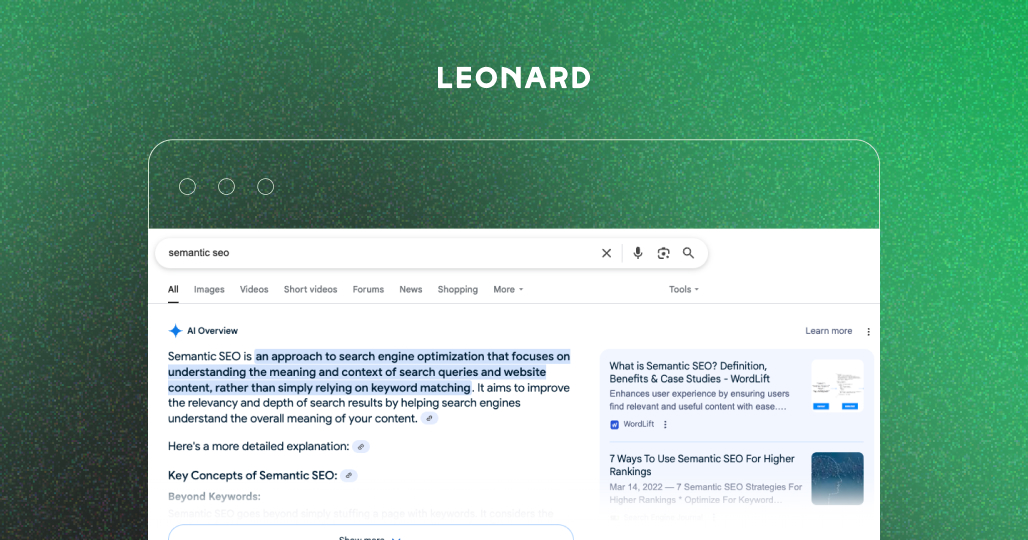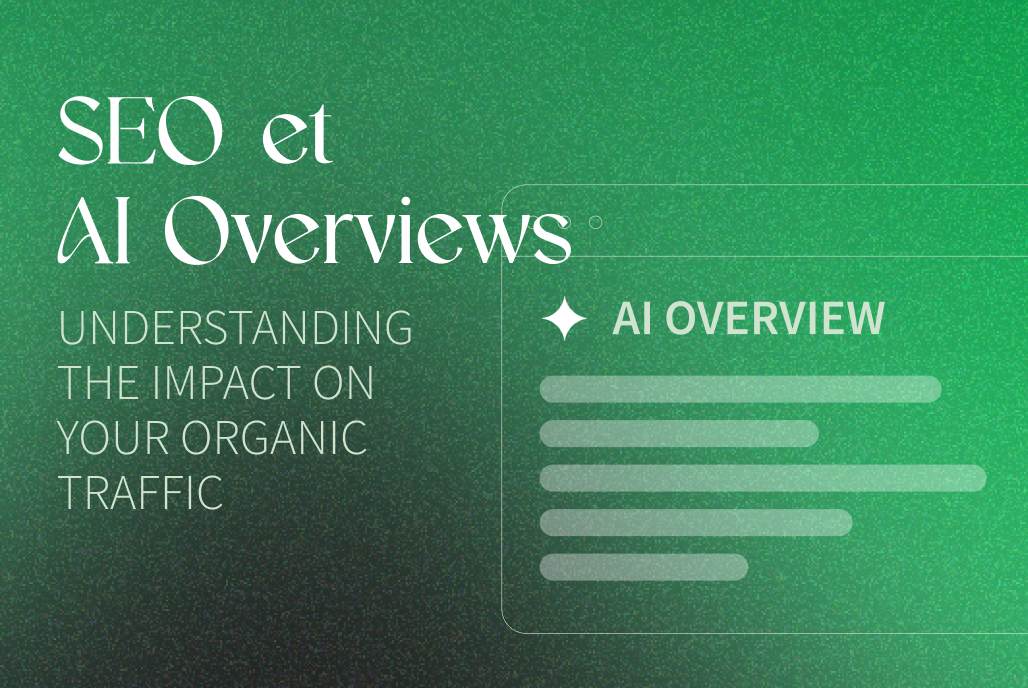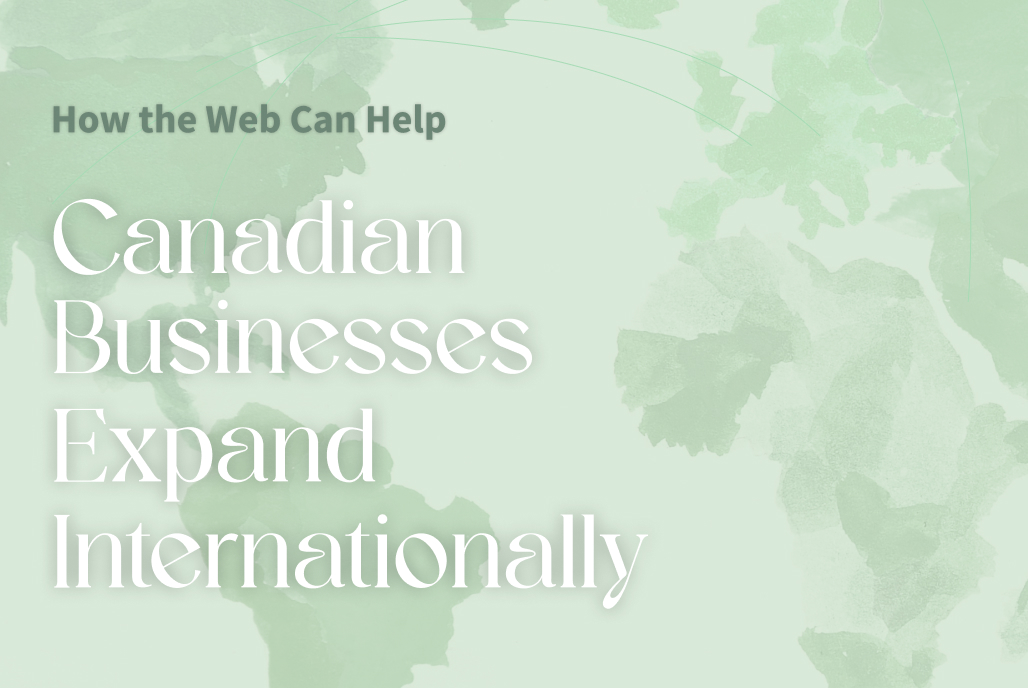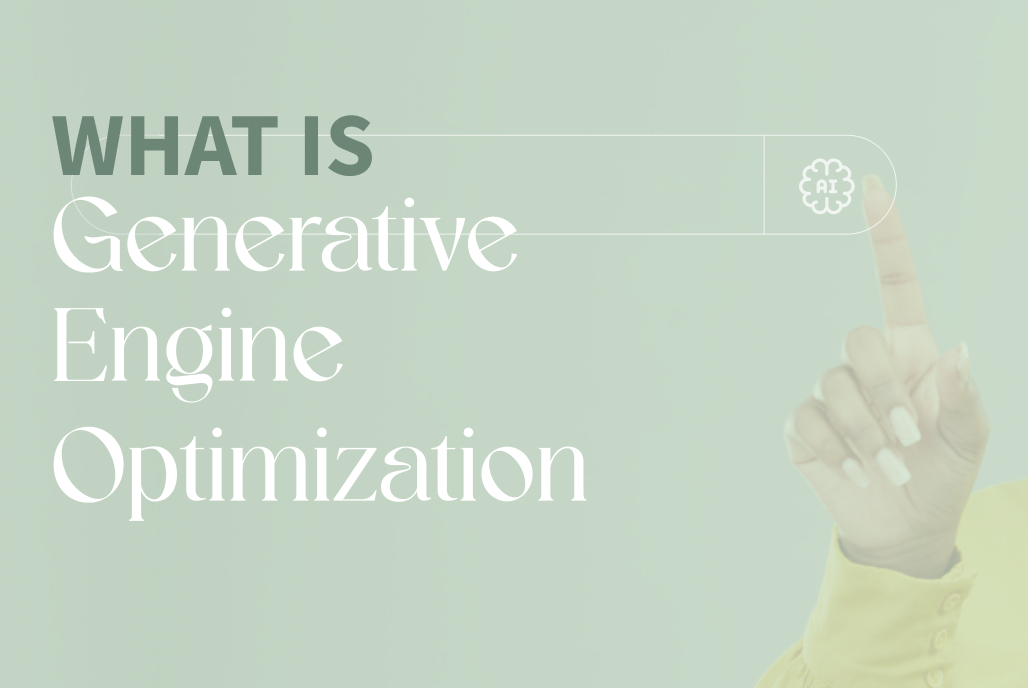The way people discover content online is changing fast. With the rollout of AI Overviews in Google Search, we’re entering a new era of search behavior—one where visibility, not just rankings, determines traffic potential. For SEO professionals and content creators, this evolution requires a strategic rethink.
What Are AI Overviews?
AI Overviews are AI-generated summaries displayed at the top of Google search results, providing users with quick answers to their queries. They synthesize information from multiple sources, often the top-ranking SERPs, and are presented in a variety of formats like mini-articles, tables, or lists. This new search feature impacts SEO by shifting the focus from traditional rankings to citation opportunities, potentially increasing visibility and click-through rates for cited sources.
In most cases, these summaries are displayed above organic results, and sometimes even before paid ads—creating a new “position zero.”

Key Characteristics of AI Overviews
AI-generated summaries:
They are not direct excerpts from single sources but rather AI-synthesized answers that combine information from multiple web sources to provide comprehensive responses.
Top of SERP placement:
They appear above traditional organic results, sometimes even before paid ads, depending on the query type and Google’s assessment of when AI summaries would be most helpful.
Multiple source integration:
They draw information from various web pages to provide a comprehensive overview, giving users a holistic understanding of complex topics without requiring multiple searches.
Impact on SEO:
While they don’t directly affect rankings, they can impact SERP visibility and organic traffic by shifting focus to citation opportunities and changing user behavior patterns.
Citation-based visibility:
Being cited in an AI Overview can increase a website’s authority and trustworthiness, potentially leading to higher click-through rates from qualified users.
Potential for zero-click searches:
Users may find answers directly within the AI Overview without needing to click through to individual websites, fundamentally changing traffic patterns.
Shift in SEO strategy:
This new feature requires adapting SEO strategies to optimize content for citation, focusing on conciseness, organization, and trustworthiness.
Zero-Click searches: the silent traffic killer
With AI Overviews providing detailed answers right on the SERP, we’re seeing a sharp increase in zero-click searches, where the user gets the answer without visiting a website.
This means great content alone isn’t enough. Your content must be designed to be referenced, not just read. SEO is shifting from destination-based (driving traffic) to exposure-based (earning citations).
AI Overviews have the potential to accelerate this trend by providing comprehensive answers that satisfy user queries without requiring additional clicks. This shift presents both challenges and opportunities:
Challenges:
- Reduced direct website traffic for some queries
- Less opportunity for immediate conversions
- Decreased page views and session duration
- Potential impact on ad revenue for content publishers
Opportunities:
- Increased brand visibility through citations
- Higher-quality traffic from users who do click through
- Enhanced authority and credibility signals
- New optimization targets for content strategy
Research shows that 17.9% of users perform another search after their initial query, often because they couldn’t find complete answers. AI Overviews are designed to address this gap by providing more comprehensive, nuanced responses to complex queries.
Your organic traffic is dropping?
How to optimize for AI overviews
1. Ensure Technical Foundation
Before focusing on content optimization, ensure your website meets basic technical requirements:
Crawlability and Indexability:
Your pages must be discoverable and indexable by Google. Common issues include:
- Robots.txt files blocking access
- Accidental noindex tags
- 4XX errors preventing page access
- Poor site structure hindering efficient crawling
Site Performance:
Focus on core web vitals including:
- Page loading speed (ideally under 3 seconds)
- Mobile responsiveness and mobile-first design
- HTTPS security implementation
- Clean, semantic HTML structure
2. Master Semantic SEO
- Understanding User Intent in the AI Era
Google isn’t just scanning for keywords anymore, it’s interpreting meaning, intent, and context. Structure your content to answer specific intents.
- Informational Intent: Users seeking knowledge or answers to questions
- Navigational Intent: Users looking for specific websites or pages
- Transactional& commercial Intent: Users ready to make purchases or take actions

- Implementing semantic SEO strategies
Entity-based optimization: Focus on building topic authority around specific entities (people, places, concepts) rather than just keywords. Create comprehensive content clusters that cover all aspects of your core topics.
Contextual relationships: Develop content that explores the relationships between different concepts, using related terms and synonyms naturally throughout your content.
Topic modeling: Structure your content around comprehensive topic models that address all aspects of a subject, including:
- Primary concepts and definitions
- Related subtopics and variations
- Common questions and concerns
- Practical applications and examples
- Natural Language Processing (NLP) Optimization:
Write content that mirrors natural human language patterns, using conversational tones and addressing questions as they would be asked in real conversations.
Content structure for semantic SEO
1. Hierarchical information architecture:
Organize content using clear, logical hierarchies that help both users and AI systems understand the relationship between different pieces of information.
2. Schema markup implementation:
Use structured data to provide explicit context about your content, helping search engines understand the meaning and relationships within your content.
3. Comprehensive coverage:
Address topics thoroughly, covering all relevant aspects and answering related questions within single pieces of content.
4. Focus on source credibility
Google is more likely to cite content that appears trustworthy and authoritative:
- Show real expertise (author bios, E-E-A-T signals)
- Cite reliable sources and data
- Build topical authority by interlinking within strong content clusters
Need help with semantic SEO?
What this means for your organic traffic strategy
The traditional goal of SEO, ranking #1 and capturing clicks, is evolving. In a world of AI Overviews and zero-click searches, your content must do double duty:
- Answer search intent quickly
- And position itself as a credible, structured source for Google’s AI to pull from.
Key strategic shifts
From Keywords to Topics: Move beyond individual keyword optimization to comprehensive topic coverage and semantic understanding.
From Rankings to Citations: Focus on earning citations and mentions in AI-generated summaries rather than just traditional ranking positions.
From Traffic Volume to Traffic Quality: Prioritize attracting highly qualified visitors who are more likely to engage meaningfully with your content.
From traditional SEO to semantic SEO: Expand beyond technical optimization to include semantic relationships and contextual relevance.
Final thoughts: Don’t fear the AI shift, optimize for it!
AI Overviews aren’t the end of organic traffic, they’re a wake-up call to rethink how we create and structure content. By embracing semantic SEO, writing with intent in mind, and optimizing for AI visibility, your content can thrive in this new search landscape.


